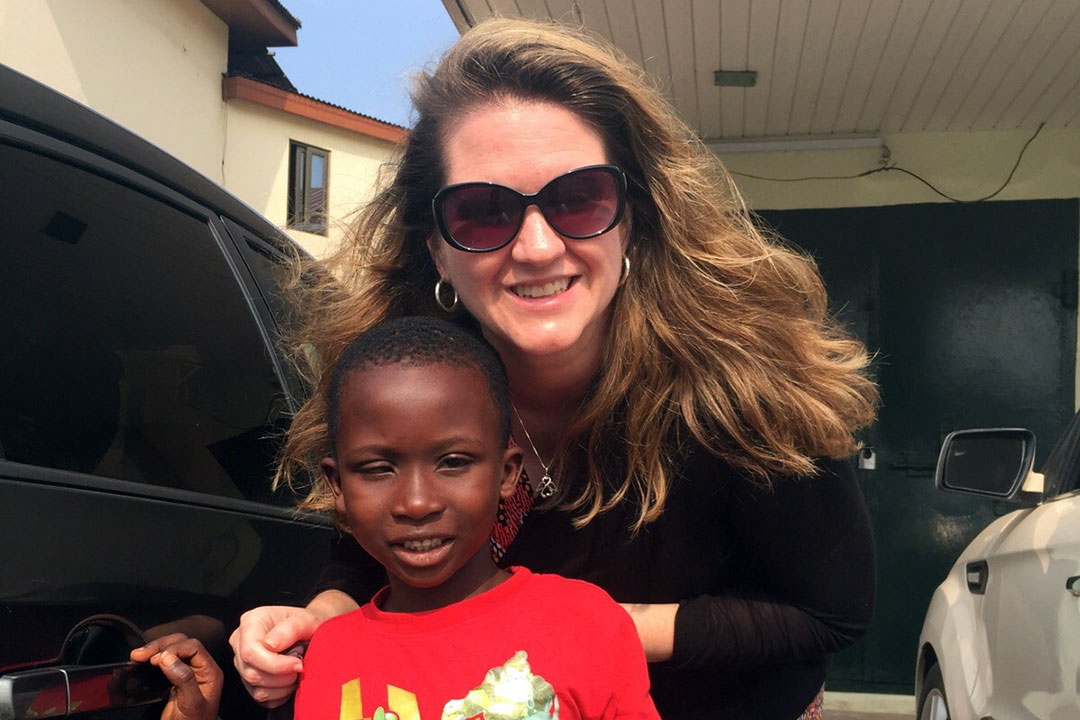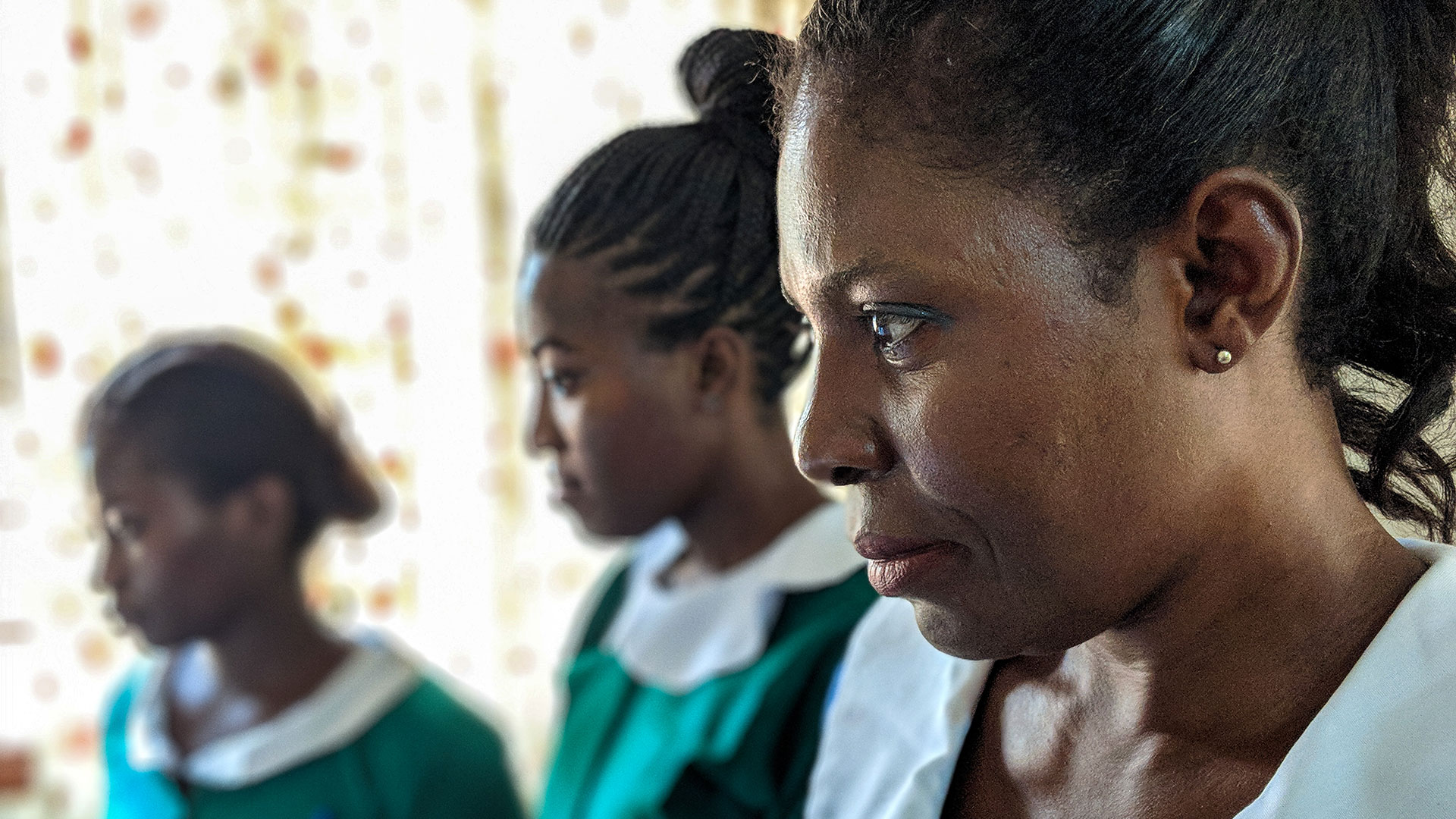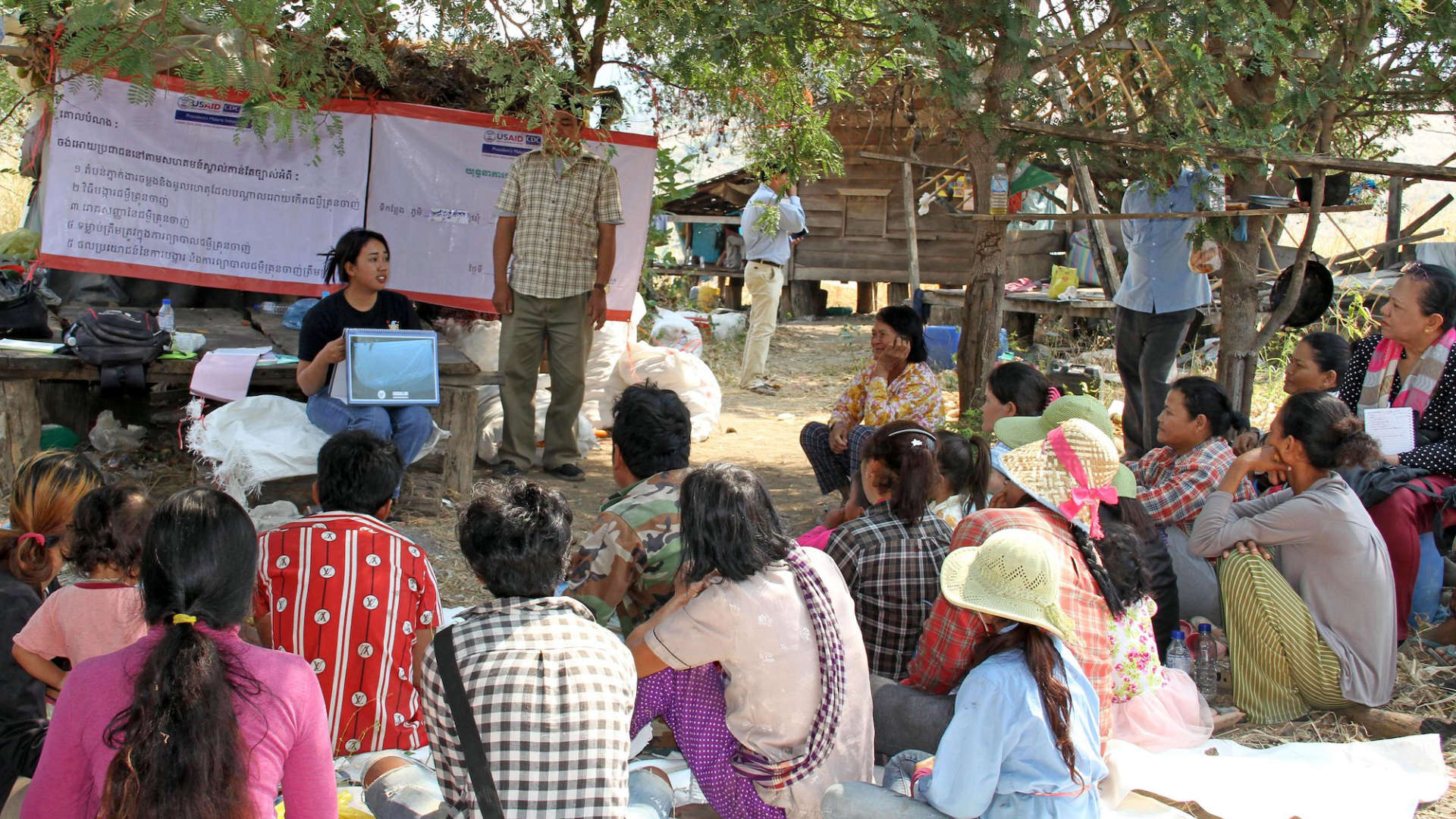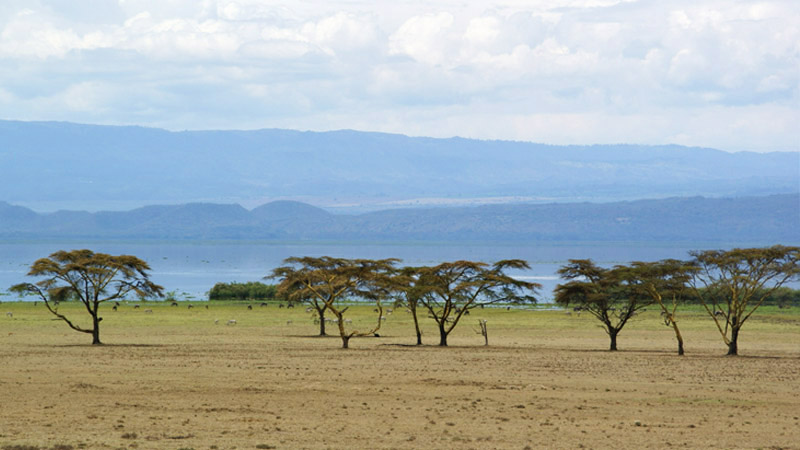Marni Laverentz, DrPH, recently completed a tour of duty as Chief of Party (COP) of URC’s USAID Systems for Health Project in Ghana which ended in December 2019. The five-year project left a significant legacy of strengthened health systems and improved delivery of health services.
The project’s mandate was to work with the Ministry of Health and Ghana Health Service (GHS) to scale up evidence-based, high-impact interventions aimed at preventing child and maternal deaths, reducing unmet need for family planning, reducing morbidity and mortality from malaria, and improving the nutritional status of pregnant women and young children. To attain these goals, the project focused on:
- Institutionalizing quality improvement (QI) to ensure that quality services are delivered for every client at every encounter; and
- Utilizing robust management support systems, enhanced technical competence, a culture of data use, and continuous monitoring of improvement.
Marni took time to offer some thoughts and insights on her experience in working with donors, policymakers, and program managers to strengthen institutions and processes to make systemic and sustainable change possible.
How did you become COP of this large health systems strengthening project?
I’ve spent most of my career working in international health, beginning as a Peace Corps volunteer in Burkina Faso. Since then, I’ve progressively taken on new roles and responsibilities, primarily supporting health projects in developing countries. I helped launch the Systems for Health Project as the Senior M&E Advisor, then served as the Deputy COP for Health Systems Strengthening. Eventually I became the COP. This was my second time living in Ghana.
What do you see as the key factors for a successful locally-owned development project?
There are many, but here are a few.
- Shared ownership. For many of our activities, GHS also contributed their own resources to the implementation. This greatly enhanced GHS ownership of the activities. For example, Volta Region shared the costs of many of the QI activities, particularly clinical specialist outreach. I believe this is part of the reason they are seeing such impressive results, such as a 54% reduction in the neonatal mortality and a 23% decrease in stillbirth rates in the six districts that implemented leadership-led QI activities in the region.
- Empower people to own their own outcomes. Development is about expanding the knowledge and effectiveness of people in their workplace and communities. The timelines of many projects are often short. Sustainable solutions are those that people develop themselves. We sought to engage committed leaders and managers and involve key opinion leaders by seeking their advice and developing implementation strategies together to enhance ownership. Efforts largely focused on how to best sustain the gains achieved and build on those.
What were the main obstacles to ensuring government ownership and sustainability of project activities?
- Funding. Over the life of the project, we gradually shifted activities away from regional capitals and hotels to the district, sub-district, and facility levels. This evolution not only reduced costs but allowed increased participation from GHS managers and providers, making it easier for GHS to sustain implementation without external funding.
- Managing staff attrition. Turnover in many health care provider and management positions can be high. Utilizing a whole-site training approach with GHS enabled providers to be trained as teams. This promoted a culture of joint problem solving as well as integrated service delivery and provides more sustainability and continuity.
- Practice patience. Changing longstanding habits and behaviors is difficult. It would have been easy for us to push ahead with our project mandate and implement activities without fully engaging our counterparts. Instead, we took more time and worked consistently with counterparts to plan and implement activities together. Changes happened more slowly, but they were homegrown solutions that firmly placed GHS in the driver’s seat.
What are you most proud of amongst your many accomplishments and successes with the Systems for Health Project?
- Data-driven programming. Instead of trying to do “everything everywhere,” the project promoted the use of disaggregated data, targeting interventions to facilities and districts with the highest service delivery gaps. By targeting efforts, we saw improved service delivery results in each of the five regions where we worked. The approach built the skills of GHS leaders and providers to systematically and continuously use data to implement adaptive interventions to address challenges. This supports sustained systems-level change.
What is your advice for people working in the field on complex projects?
- Utilize adaptive management. Be willing to adapt a course change as needed. At the end of the second year of the project, we held internal strategic planning sessions with our core project team. It was borne out of a legitimate concern that we were not on the right track to achieve the expected end-of-project results. We gave all staff a copy of the project’s approved program description that was part of the cooperative agreement. This helped reframe everyone’s perspective toward the importance of regionally-specific and evidence-based interventions in each region, which better placed GHS in the lead and helped get our strategies back in line with the original aims of the project.
- Maintain frequent and open lines of communication with counterparts. This might be the single most important element to the success and long-term sustainability of project efforts. Government counterparts have many competing priorities. Understanding your project is not likely high on their list. Thus, it is important to maintain consistent and open lines of communication with counterparts at all levels. As a project, we became progressively more adept at nurturing these relationships. This fostered better diffusion of ideas across the health system and contributed to improvements in service delivery outcomes.
Marni continues her work with URC as Senior Reproductive, Maternal, Newborn, Child and Adolescent Health Technical Advisor.
We are proud of the many accomplishments achieved with GHS and look forward to continued improvements in the health status of all Ghanaians.



